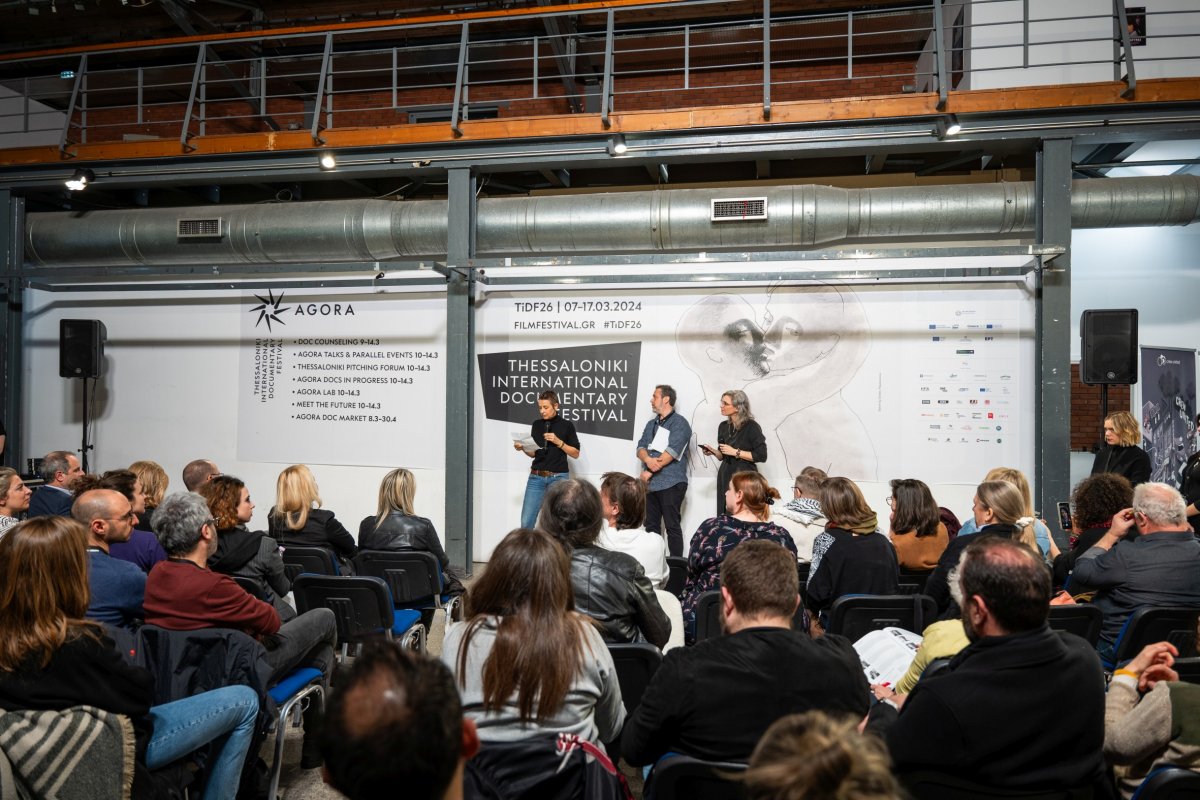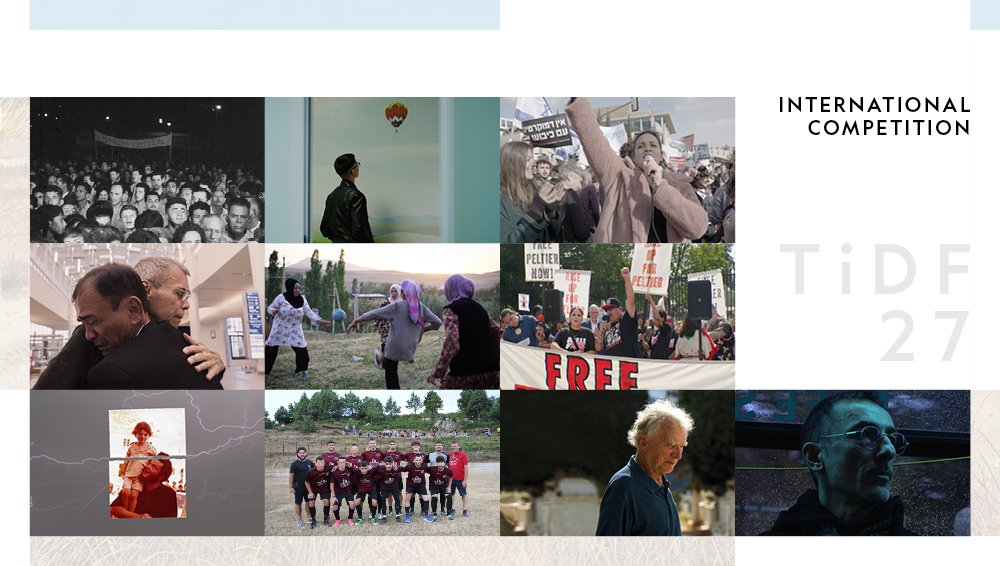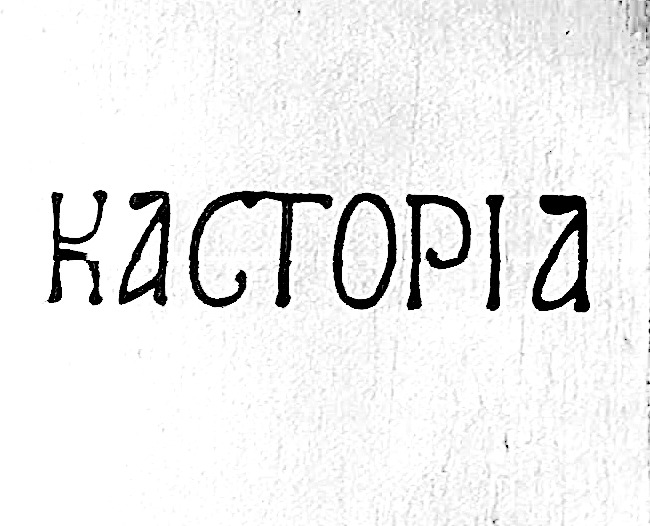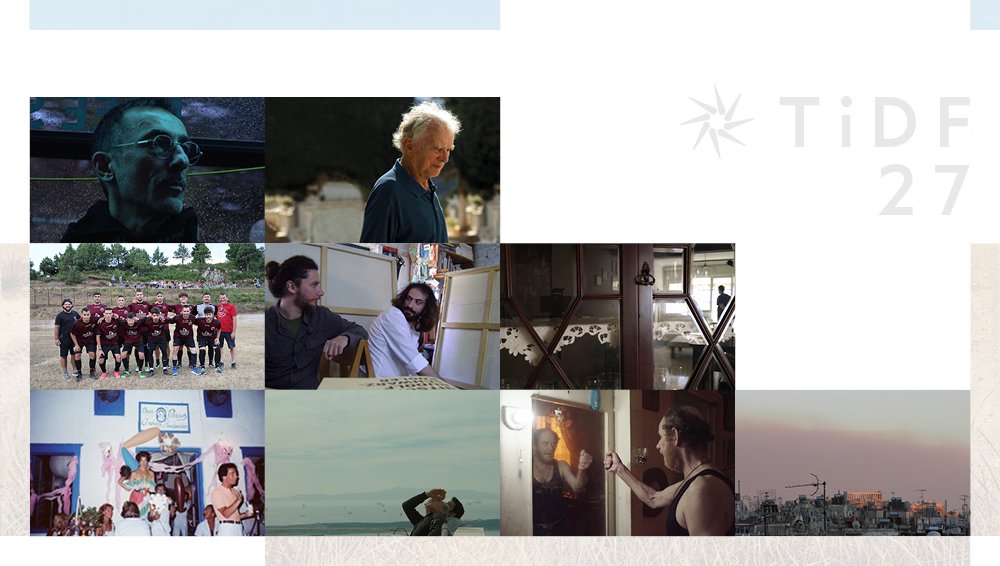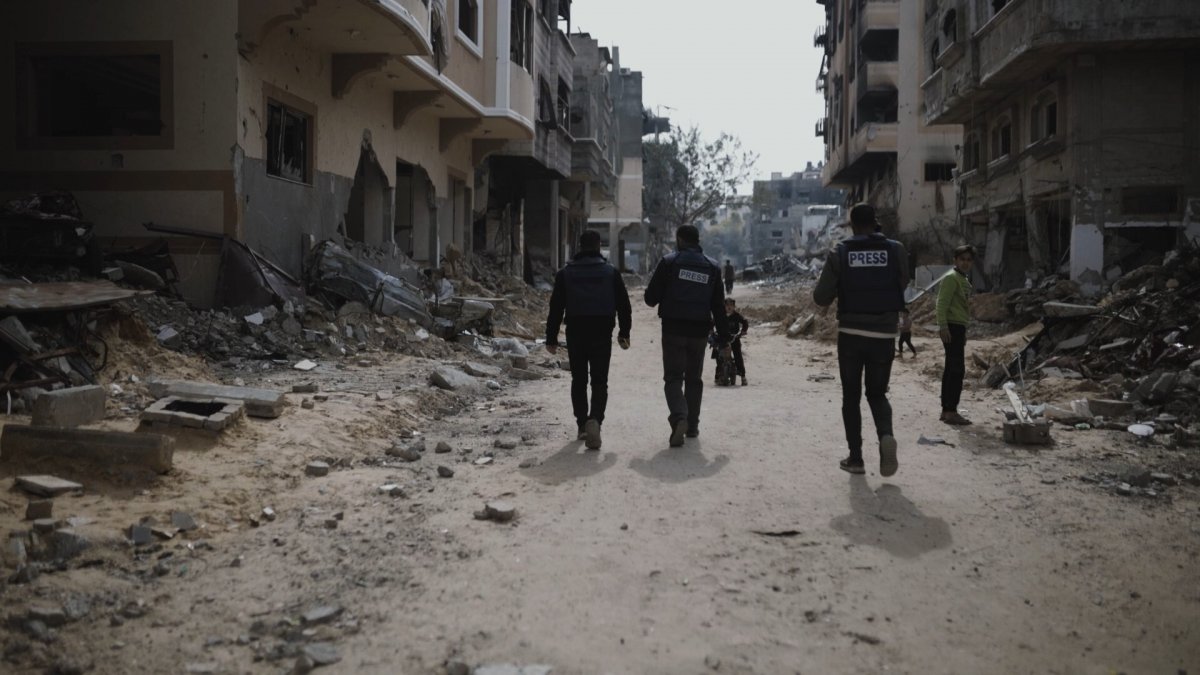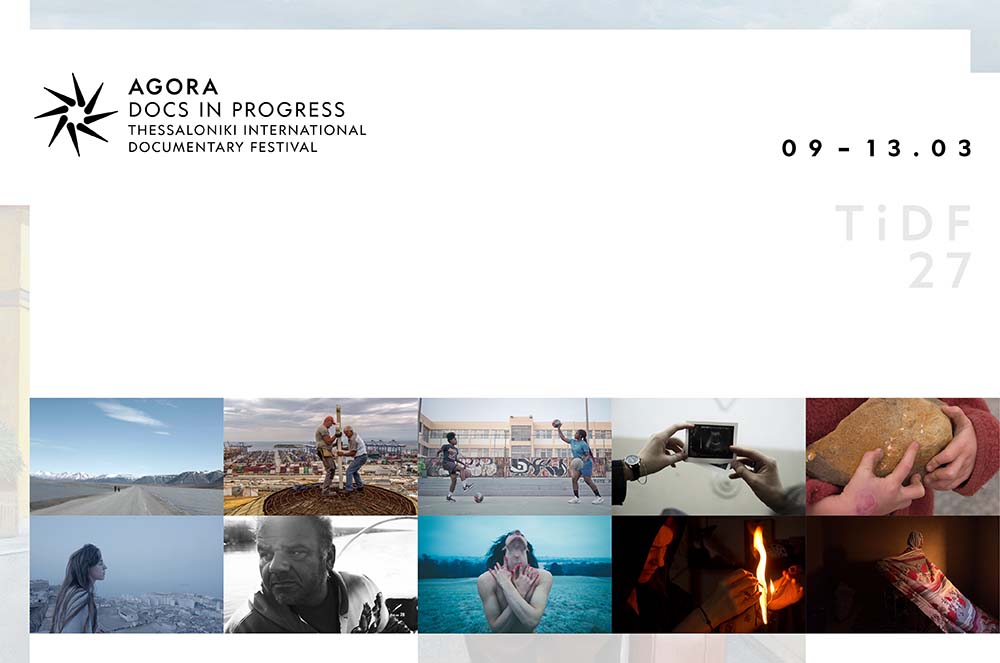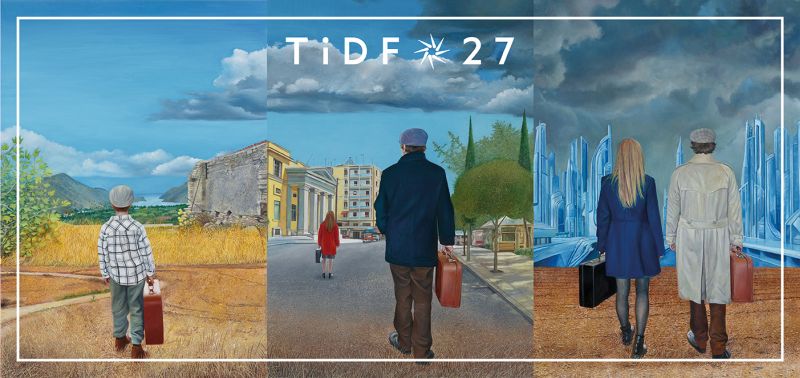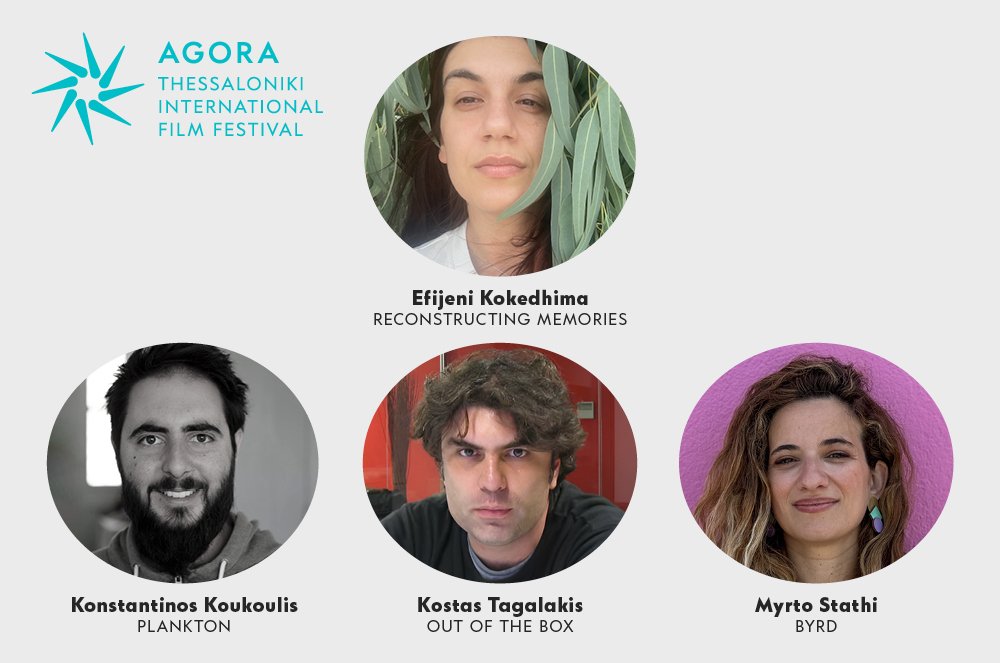Today, Wednesday, November 26th 2003, French director, Bruno Dumont, who participates in this year’s New Horizons section with his film “Twentynine palms” gave a press conference at Warehouse C of the Thessaloniki port in the framework of the 44th Thessaloniki International Film Festival. The Artistic Director of New Horizons, Dimitri Eipides welcomed and presented the French director as well as the star of the film, actor David Wissak, saying that, “Dumont’s work has much to say. It stands out for its imagery, its uniqueness and its themes’ dynamics. He is an avant-garde cinematographer of French cinema, who has been able to go abroad with worldwide screenings of his films. New Horizons upholds the examination of the art of cinema and we believe that Dumont’s work is important and fits well in this framework. It opens new avenues and perspectives for the rejuvenation of the medium of cinema”.
About America
As the director said, he decided to shoot his film in the USA, and particularly in the desert, because of the USA itself: “It is because of the importance of the American culture that we have in mind. It comprises a model that we must verify. The desert is the mythical place of Hollywood cinema, as well as of the whole world”. He has worked with amateur actors and treats all actors as if they were amateurs. “While working with amateurs I spend a large amount of time trying to figure out how they work and to extrude the particular traits of their characters. After a couple of days of working with David Wissak, I was able to understand him and he was able to accept me in order to give me what I thought he could for the film”.
The star of the film
“Twentynine palms” spoke about his collaboration with Bruno Dumont saying that, “We met a few days before we started to shoot where I explained my habits, the way I work and how I am as a person and as an actor. We only needed a few days before we were able to approach each other”. “It isn’t easy to make films” Bruno Dumont mentioned the difficulty in shooting films, saying that, “It isn’t easy to work with Americans because we see cinema in a different light. The way they approach violent scenes is very different from ours. Violence for us is something very real and tangible. They like to use a stuntman who will repeat a stunt numerous times to get it right. It was extremely interesting for me to work with people that don’t think the way I do, but I think that, after all, we managed the whole affair pretty well because we were able to communicate”.
Dumont claimed that his imagination has been influenced by American cinema because as a child he watched it fervently on television and in the cinema. “Now I wish to give them back part of what they gave me”, he said.
Portrayal of the inner self
When speaking about the genre of his cinema, Bruno Dumont said, “The entire scenery is backwards, in a previous state. It exists there, we film it, it is present and it portrays the previous life of the hero. This particular film is in the desert and it constitutes the first scene of our bodies. They often travel naked in the desert, a sort of regression, like returning to their own primordial state. As a cinematographer, I’m interested in showing the inner world of the hero, not the scene itself. The hero spends a lot of time staring at the desert, something I believe is an introspection. I believe cinema is a portrayal of our inner selves”.
About film critics
Film critics write that Bruno Dumont approaches his characters meticulously, emphasizing on details. “The camera is a microscope. As a device, it isn’t meant to film the world but rather, to portray our relationship with it. It is a portrayal of our inner world, of the hero’s, who could be brutal, primal or violent. It is a means of focusing on our instincts, our sexuality, our violence and our ability to be good and bad at the same time. The film exists to help the viewer think upon his own life, and finally, to walk out of the cinema and say: no, I won’t do that”, concluded Dumont.



